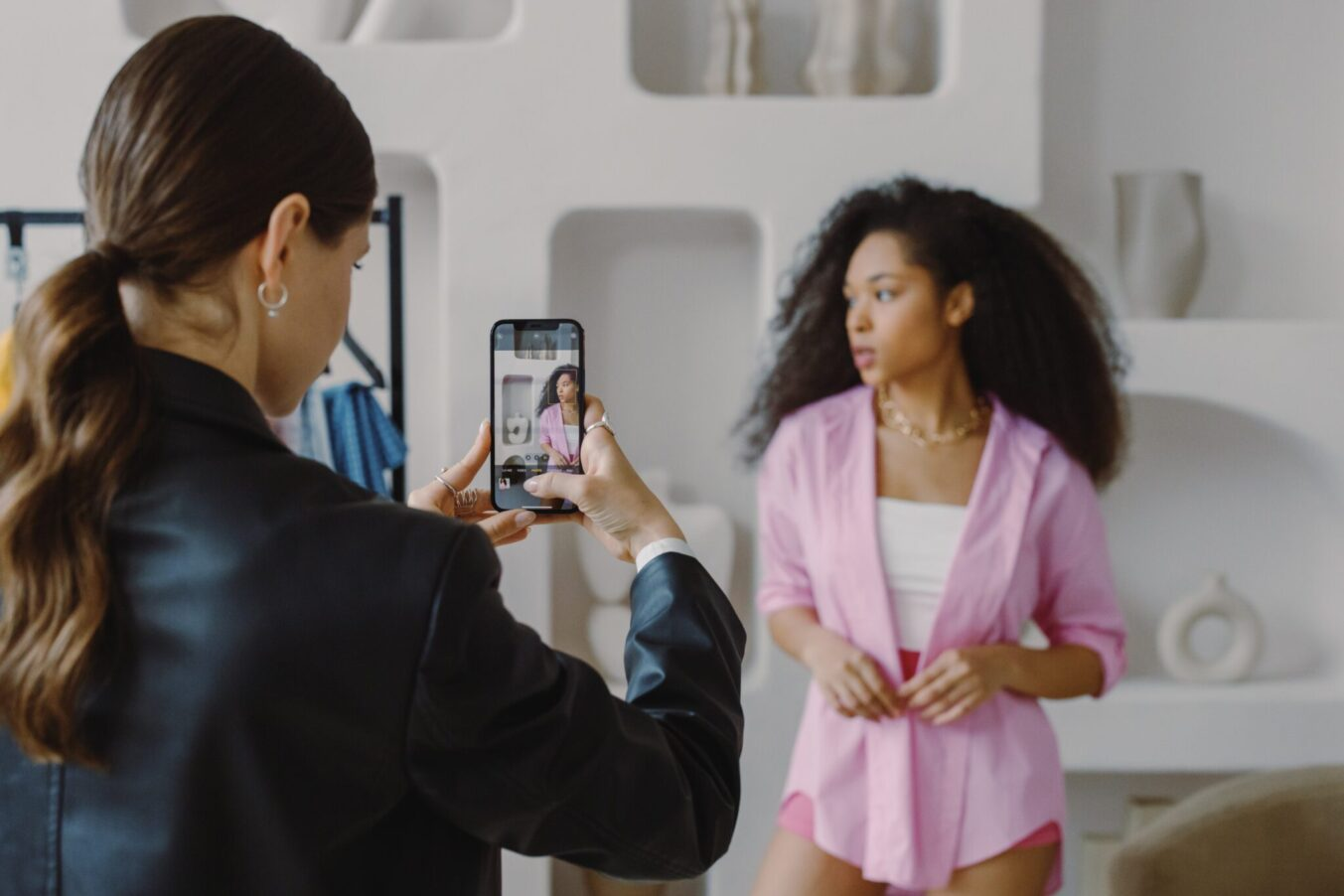From Subculture to Mainstream
Pear shapes, apple bottoms, and clothes that accentuate these fruity figures were once looked down upon by the mainstream. These standards of beauty were really only valued by “us folk.” The ability to create our own standard of beauty and style speaks not just to the oppressive systems that made it necessary but to our ability to thrive and create when the larger socio-cultural system did not recognise our value.
No longer relegated to certain neighbourhoods or alternative media, urban and mainstream fashion have merged. The days of a few fashion magazines telling us dos and don’ts are no more. Now we are influenced by a wider range of magazines, sites, and influencers who look like us; and we can make our own rules and determine for ourselves what qualifies as fashion or style. This is great but it also comes with greater responsibility.
View this post on Instagram
Shift in Mainstream Culture
As is common in a democratic society, we all have a right to express ourselves through fashion. You might see someone outside in their PJ’s or in a designer gown complete with opera gloves. There is no longer a consensus of what constitutes good style, and with the democratisation of style you may very well be praised for wearing something that has traditionally been known as bad taste if you have enough social power to do so.
While we have an omnipresent media to keep us informed, we can get swept up in other peoples’ styles. And when everyone’s clothing choices seem cool and of-the-moment, it can feel like no one’s does. So the challenge becomes how do we create individual style with such an overwhelming amount of media?

I think we can look to Black and other historically marginalised style makers whose sense of style reflected a unique self-expression that developed within a very specific sociocultural context. Eighties hip-hop artists donned the styles of their communities; and amplified trends like door-knocker earrings and Addidas sneakers’, forever altering the mainstreams’ perception of desirable dress (think suits with sneakers). And in the 60’s, the afro exploded into a whole socio-political discourse about beauty and acceptable dress. And somehow, the decision to embrace one’s own “natural hair” became a symbol of strength and courage.
View this post on Instagram
According to psychology, behaviour can be explained by some combination of environment, genetics, and psychology. Thus, these style makers may have been influenced by mainstream and subcultures, predispositions to certain styles, and their distinctive ways of interpreting it to create something unique. So how can we create individual style within our unique sociocultural system? We may not be able to alter our environment and genetics, but we can have some control over our psychology. Here is how psychology can help us hone our individual style.
Using Clothes to Communicate a Specific
Message to Others
Research shows that fashion communicates a message to others. And we interact using clothing symbols that guide our behaviour. So wearing a wedding gown typically means marriage, or wearing a bathing suit typically means swimming. Are we aware of the clothing symbols attached to our clothing? Love it or hate it— leggings once worn only for workouts or around the house have now become a legitimate part of the outfit. It may be seen as sexy by some, and as lewd by others. And you will have to have enough cultural intelligence to know what to wear when in order to communicate the message you intend.
One theory proposes that people attach specific meanings to appearance cues, or parts of the outfit that stand out. And they use these cues to make inferences about other people. For instance, large hoop earrings may signal spicy, sexy, or sassy while studs may say something more understated. Are you aware of your appearance cues? What stands out on your outfit— the colour, a shape, a piece of jewellery? What message does it send? Consider the look you want to convey and determine which look closely matches that.

Using Clothes Communicate a Specific
Message to Yourself
Our fashion choices not only send messages to others but to ourselves as well. Research shows that the meanings we attach to our clothing are validated by others’ responses. So if your pants suit says you’re about business, and people respond to you with a certain reverence, then your message is validated; and will reinforce your perception of yourself as someone to be taken seriously.
Studies also show clothing we wear triggers us to act differently depending on the symbolic meaning the clothes has for us. What symbolic meaning do your clothes hold for you? Do you feel good because you are wearing shoes you saw X celebrity wear? Many of us are driven by the emotional experience that occurs when we wear something we saw on someone we admire.

We feel peer validation by evoking the image through our clothing; and this reinforces positive feelings about ourselves. It is through this process that clothing as symbols are strengthened. And the more we are aware of it, the more we can be in control of our style choices rather than feel controlled and overwhelmed by them.



